The Atlantic Fishery
Protecting a Vast Natural Resource
Surrounded by the Arctic, Atlantic and Pacific Oceans and home to the Great Lakes, Canada boasts the world's longest coastline (244,000 km), representing 25 per cent of the entire coastline in the world. With more than 755,000 square kilometres of fresh water, Canada has 16 per cent of the world's area of fresh water and four of the largest lakes in the world.
Smaller header
In total the capture fishery accounts for 76 percent of total fish and seafood production in Canada. Together, lobster, crab and shrimp comprise 67 percent of the landed value of all fish and shellfish harvested in Canada.
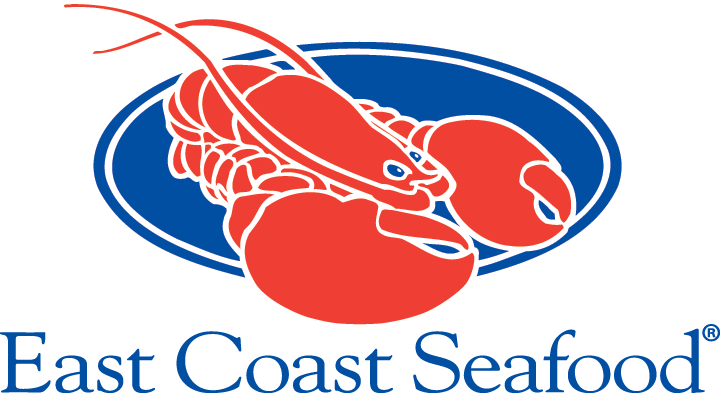

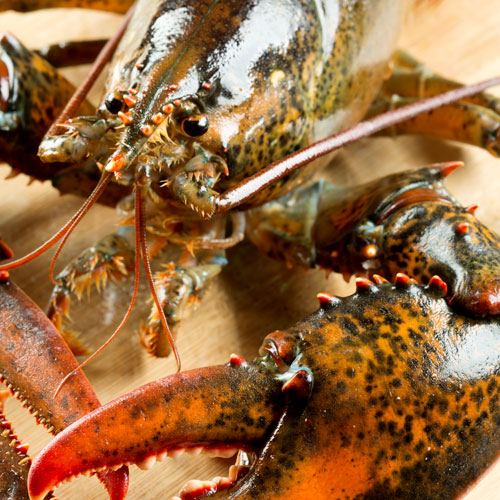
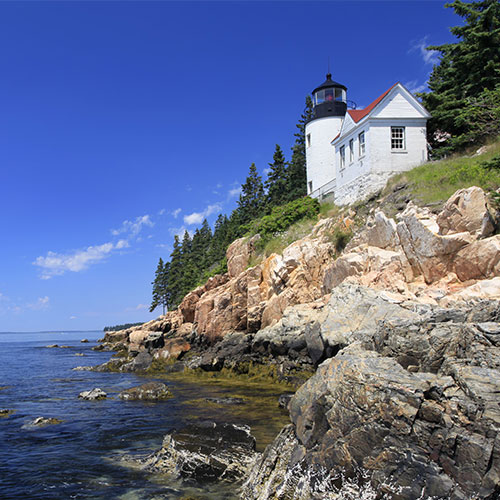
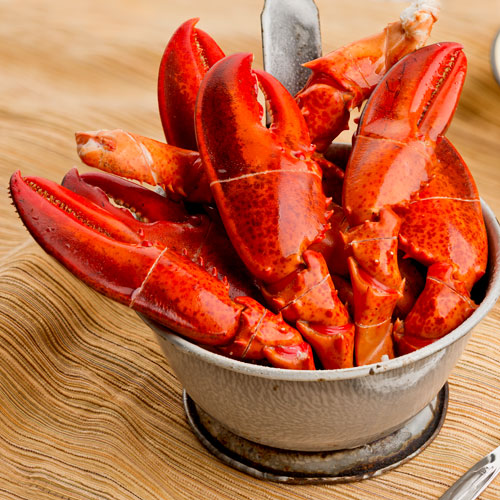
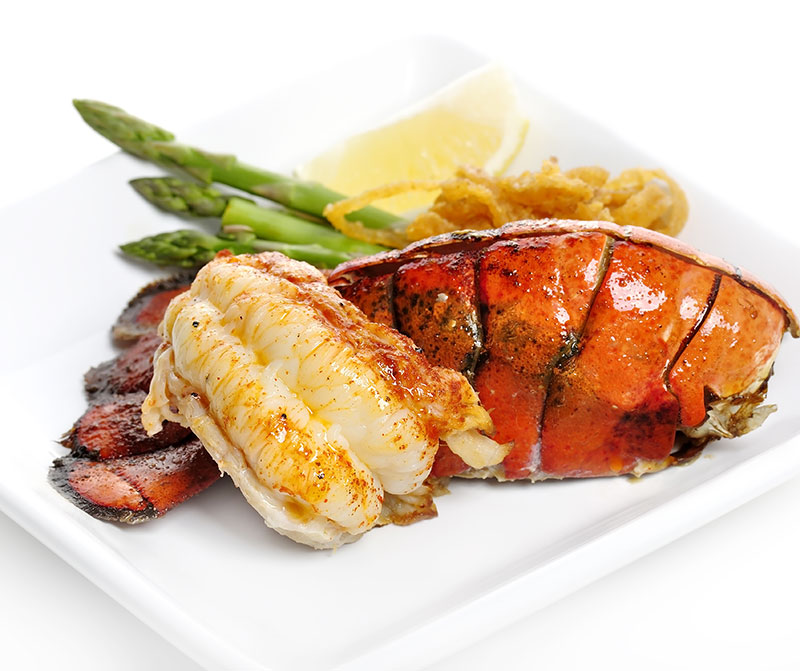 Committed to Excellence.
Committed to Excellence.